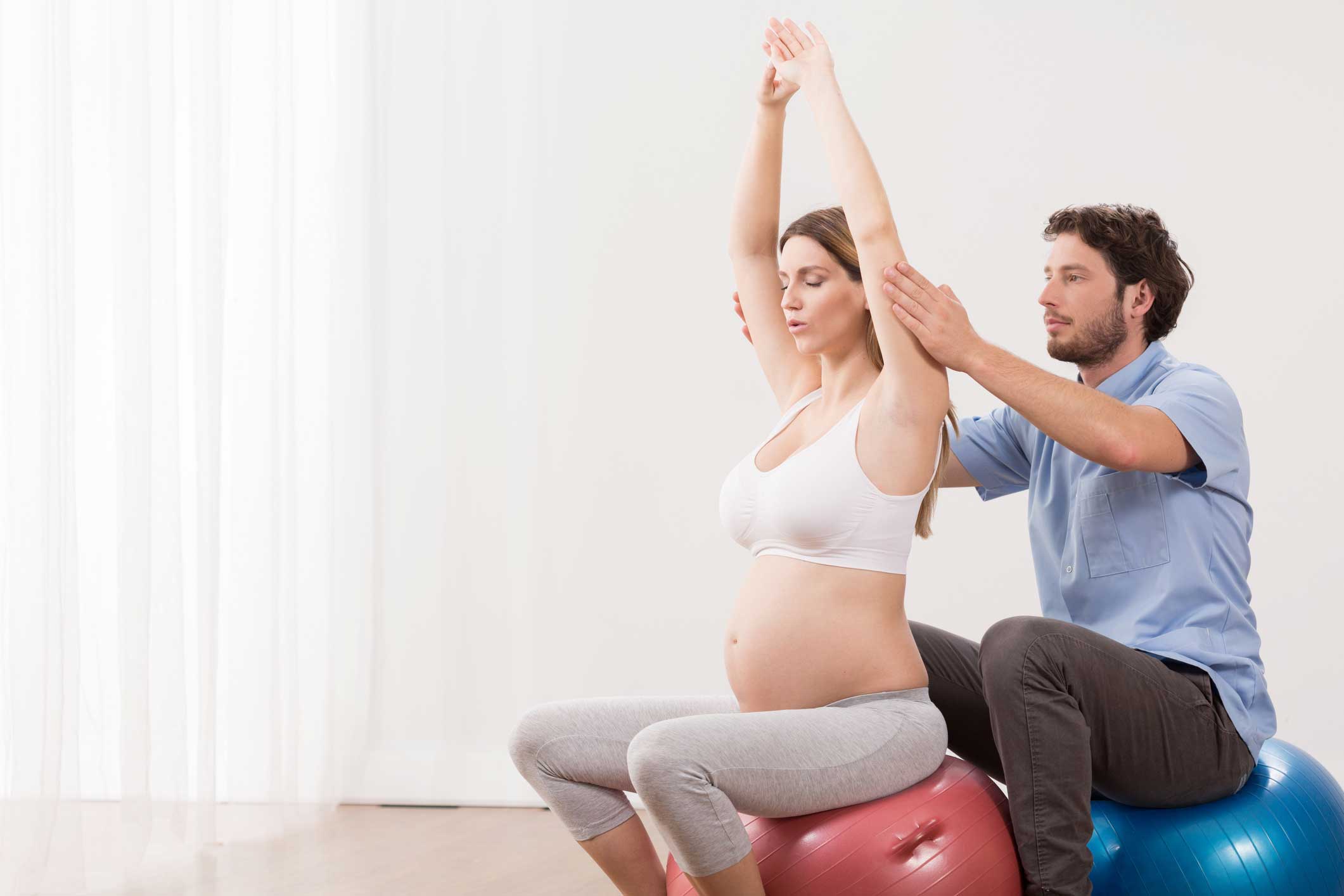By Claire Agrawal
Physical Therapist
Anyone looking to be reminded of the wonders of the human body need only watch a woman’s transformation during nine months of pregnancy.
As the womb expands, the abdominal muscles and connective tissues stretch, standing posture changes to keep the mom-to-be from falling over and the pelvis widens in preparation for delivery. It is not uncommon for women to experience aches and pains as these changes occur.
Many of us, however, may not realize that there are safe and effective physical therapy treatments available. Pain during pregnancy that affects a woman’s ability to sit, stand, walk, work or care for other children is not normal and should be assessed by a trained professional.
Physical therapists with specialized training in working with pregnant women can help reduce back pain, hip pain and pelvic pain at the sacroiliac joints or pubic symphysis at any stage in a pregnancy. This is generally accomplished through:
- Education on how to adjust standing, sitting or sleeping posture to reduce stress on certain body structures.
- Body mechanics training to reduce pain when moving from one position to another.
- Correction of spinal and pelvic alignment through gentle hands-on techniques.
- Stretching and strengthening exercises to correct muscle imbalances.
- Trigger-point massage for sore muscles.
- Support taping or belt recommendations to help the body carry the growing weight of the baby.
Your therapist can also assess for diastasis rectus abdominis, or a separation between the two abdominal muscles that run vertically between the ribcage and pubic bone. Diastasis rectus abdominis occurs when there is excessive stretching of the connective tissue between the rectus abdominis muscles instead of a more distributed stretch across all abdominal muscles and tissues.
Risk factors include multiple-birth pregnancies, carrying a large baby, excess uterine fluid, obesity and overuse of the abdominal musculature against resistance during pregnancy. Fortunately, a number of treatments, including physical therapy, can help strengthen the abdominals after delivery. During pregnancy, care can be taken to minimize stress to the connective tissue, such as avoiding crunches and to roll to one’s side to get out of bed instead of sitting straight up.
Coaching on how to reactivate the abdominals and pelvic floor muscles after delivery is often helpful even for women without diastasis rectus abdominis. Core retraining, which can reduce the risk of postpartum back pain, is considered standard care in several countries.
Hartford Healthcare Rehabilitation Network, a non-for-profit member of Hartford HealthCare offers physical therapy, occupational therapy, speech language pathology, sports medicine and health & wellness programs. Please call 860.696-2500 or click here for more information.

